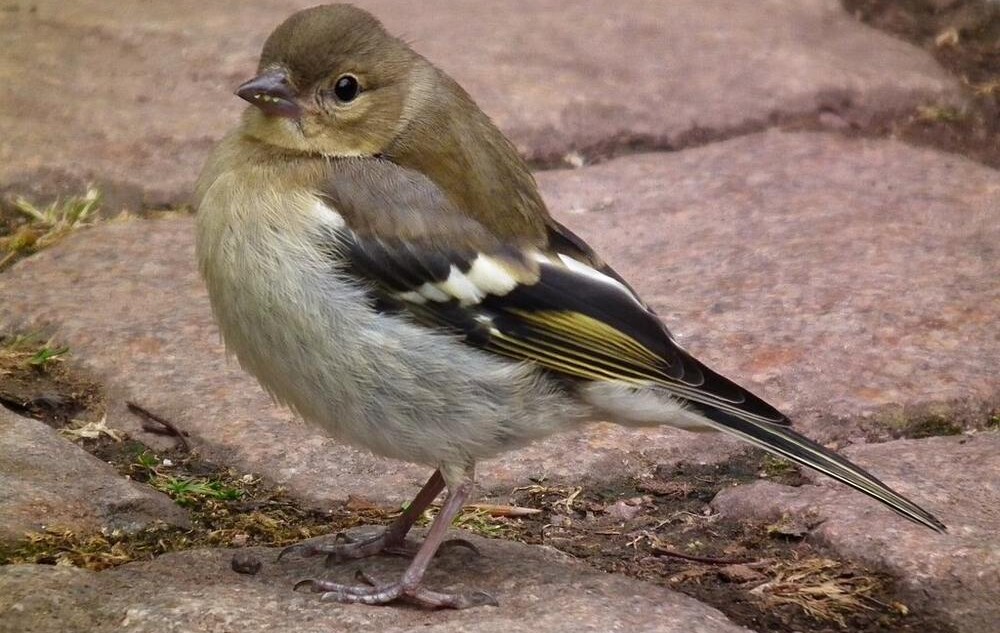Birds Start To Show Signs Of Recovery After Bee-Harming Pesticide Ban In The Eu

The first large-scale study to investigate the impact on bird populations from the 2018 European Union ban on a universal insecticide has determined that birds have recovered as much as 3% since 2018.
Given that 57 species of birds were included in the survey, the 3% rise suddenly seems a lot more meaningful, and the scientists behind the study are confidant that the ban is positively affecting their populations.
The insecticide in question is a class of chemical called neonicotinoids, which are sprayed on crops and absorbed into the plants’ leaves where they render them effectively toxic to insects that like to munch on them.
Introduced to the EU the 1990s, mass die-offs of bees were reported in France in the early 2000s, and by the following decade, there was major pressure to implement a control on the use of neonicotinoids.
In 2018, that ban was finally instated despite opposition from agricultural producers, and various interests then remained keen to see whether it made a meaningful effect.
“Our results clearly point to neonicotinoid bans as an effective conservation measure for insectivorous birds,” said Thomas Perrot, from the Foundation for Biodiversity Research in France.
The scientists published their study in the journal Environmental Pollution. Their strategy involved measuring 1.25 mile by 1.25 mile plots of cropland or meadows in 1,900 places across France. The plot surveys were conducted by ornithologists on the lookout for 57 species of birds, and the study ran from 2013-2018 and then again from 2019-2022.
GOOD ENVIRONMENT NEWS: New Safer RNA Insecticide Can Target Only the Devastating Potato Beetles and No Other Bugs
The results identified a 12% increase in the presence of insectivorous birds like chaffinches, blackbirds, and black caps. The authors themselves entitled their paper “weak recovery of insectivorous bird populations after ban of neonicotinoids in France,” an acknowledgement that a 2-3% standardized increase in bird populations could be down to other factors, and that perhaps their original declines seen during the pre-ban period weren’t a result of eating poisoned insects.
After all, if the general messaging on the changing climate in Europe is to be consulted, then other major mortality factors like heatwaves, habitat loss, and wildfires could have reduced bird populations.
“It’s a study that shows there may be early signs of weak population recovery but the results are uncertain and could be down to other correlated factors,” James Pearce-Higgins, director of science at the British Trust for Ornithology, told the Guardian in the wake of the study’s release.
BIRDS COMING BACK: Record-Breaking Night of Bird Migration Caught on Radar During a ‘Perfect Storm’ for Feathered Flight
Perrot addressed the concern, also speaking with the English paper.
“But we think that’s normal, because studies on other pesticides like DDT show that most bird populations take 10 to 25 years to fully recover.”
In the words of every scientist ever published in the history of humanity, then: more research is needed. In the interest of uniting interests, it would make an interesting study to see whether the bird population recovery, should the following years find that it sustains and increases, reduces the burden of crop-eating insects in farmers’ fields. Then maybe insecticide use could be halted voluntarily.






Please be good and do not spam. Thank you.